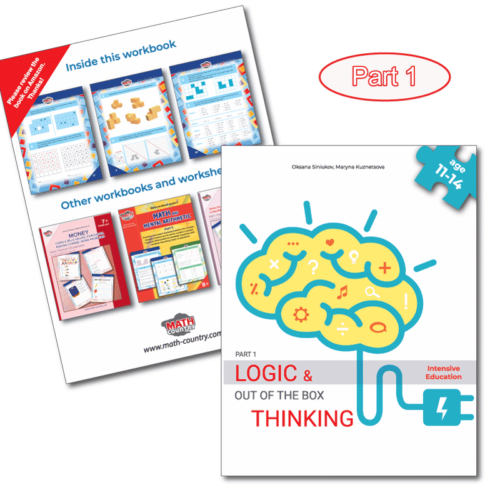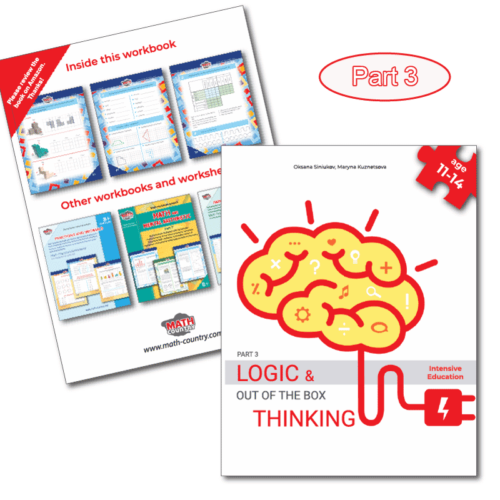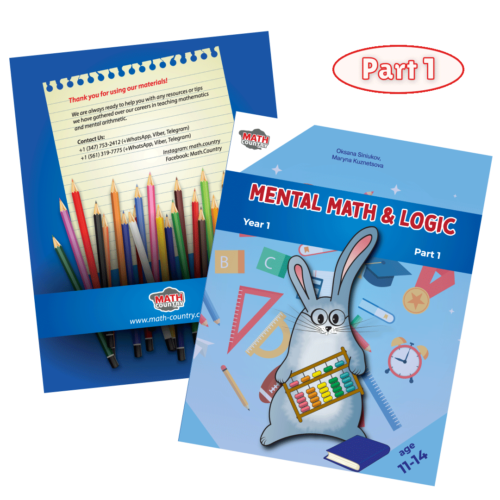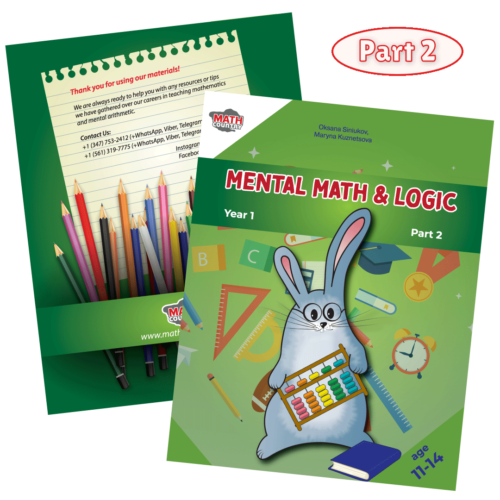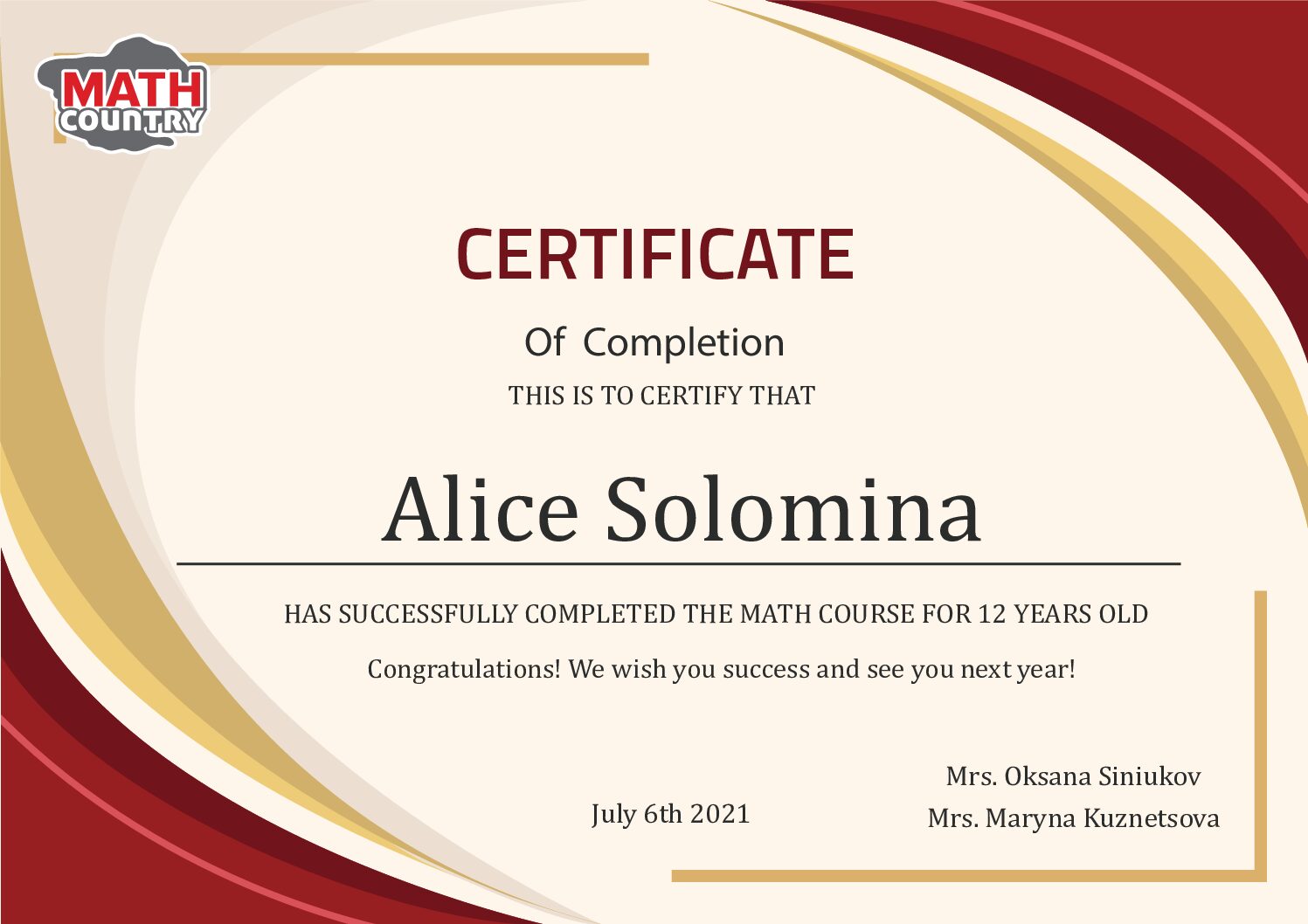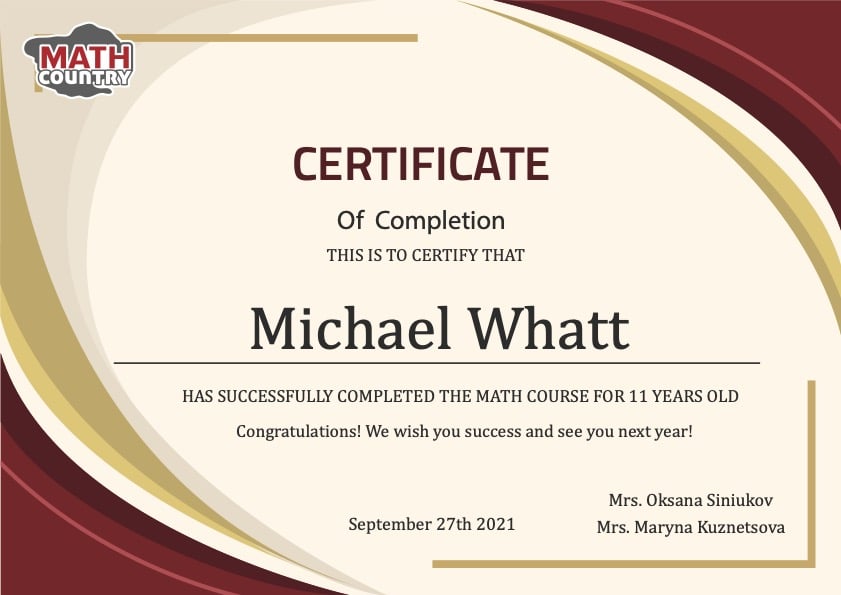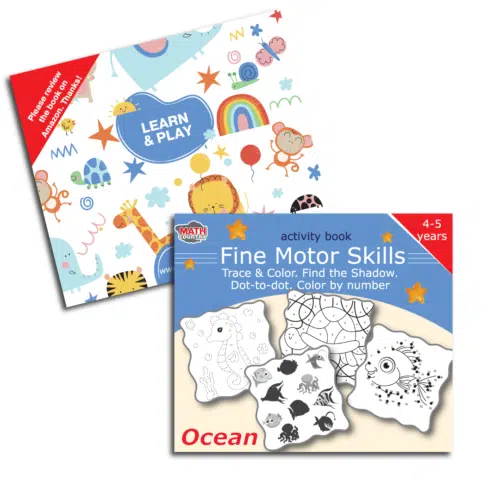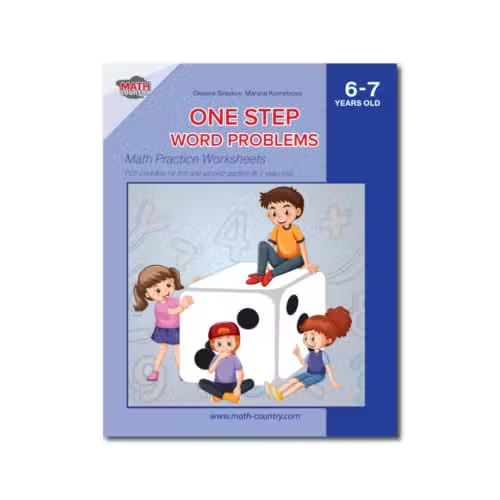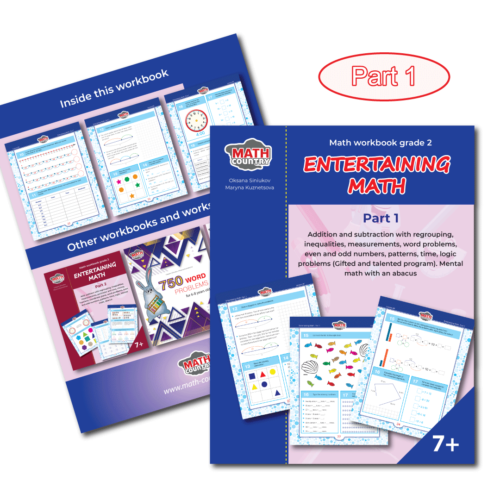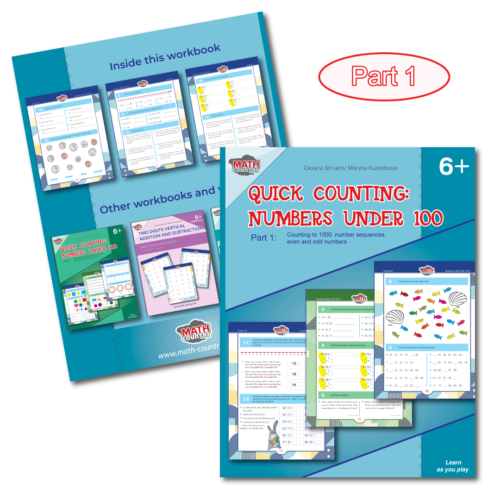Working with abacus help children visualize the work they do, children can “count with their hands.” In addition, working with an abacus develops programming and control functions: we need to make one operation before another, remember the preliminary result, use it in the next operation, and so on. This improves working memory, visual and spatial functions, helps to develop the brain.
Developing logical thinking is as important as giving new knowledge to the children. Perhaps even more important. After all, if knowledge is a tool, then logical thinking is the ability to use that tool. That is why we include many logical problems in our workbooks. Visual-figurative thinking, which was the main thing for the entire previous period in children of 7-9 years old, is finally replaced by conceptual, verbal-logical thinking.
10-15 years old students can already acquire knowledge, relying not only on what they see or feels. They start to develop abstract concepts, revealing the internal connections of objects. That is why we include many graphic puzzles in our workbooks, which help to develop students’ spatial thinking, consolidate knowledge of geometric shapes, and cultivate patience and perseverance.
All those topics reflect the deep experience of teaching mathematics, consider modern trends in domestic and foreign schools, and make it possible to achieve the goals of school education on information-intensive and practically significant material. These content components, evolving throughout the years of study, naturally intertwine and interact in training courses.
Thus, while mastering the course content, students get the opportunity to:
- Develop an understanding of the number and role of calculations in human practice; form practical skills for performing oral, written, and mental calculations, develop a computing culture
- acquire the symbolic language of algebra, develop formal operational algebraic skills and learn to use them to solve math-related problems and daily life tasks
- study the properties and graphs of elementary functions, learn to implement functional-graphical representations to describe and analyze real dependencies
- develop spatial representations and visual skills, acquire the fundamental facts and methods of planimetry, get acquainted with the ordinary shapes and their properties
- get an idea of statistical regularities in the real world and alternative ways of studying them
- develop logical thinking and speech, an ability to logically substantiate judgments, provide examples and counterexamples, use various languages of mathematics (verbal, symbolic, graphic, etc.) to illustrate, interpret, argue, and prove a chosen point of view
- form ideas about the studied concepts and methods as the most significant means of mathematical modeling of real-life processes and phenomena
- The key topics students should master:
- Ratios, rates, percentages & proportional relationships
- Numbers & arithmetic operations
- Negative numbers
- Properties of numbers
- Variables, expressions, equations, & inequalities
- Systems of equations
- Equations & inequalities introduction
- Geometry
- Geometric transformations
- Data and statistics
- Fractions, decimals, & percentages
- Statistics and probability

